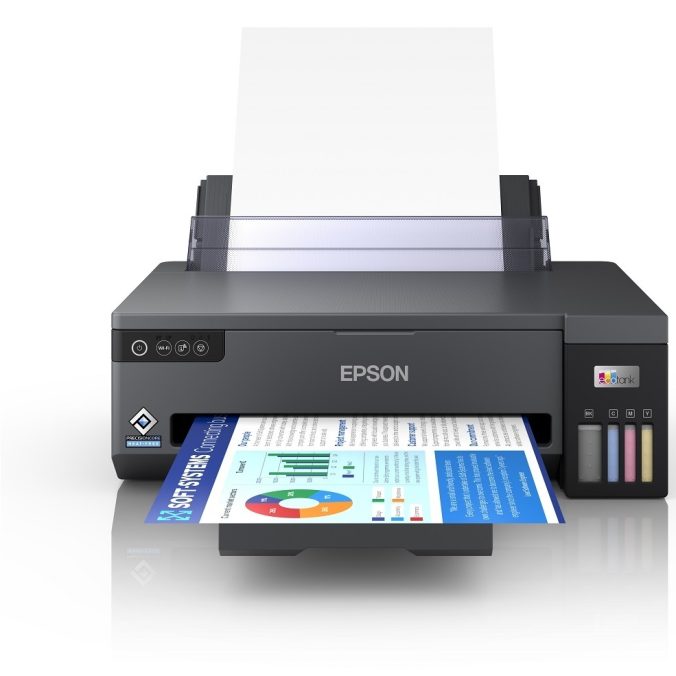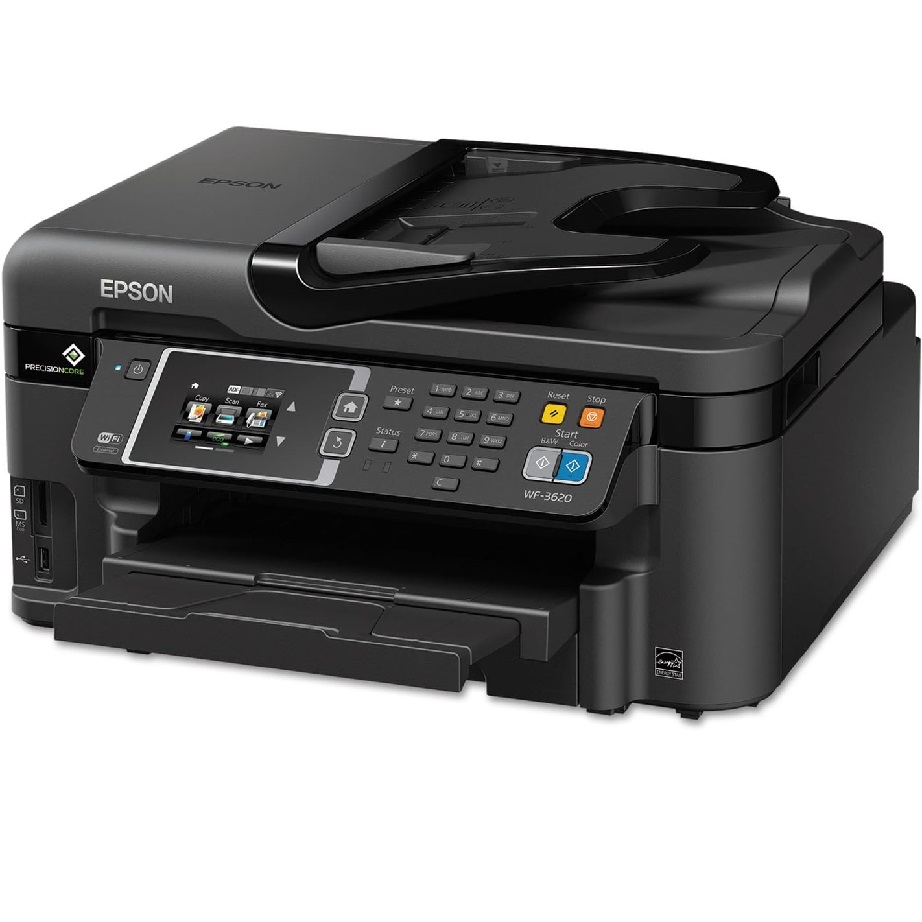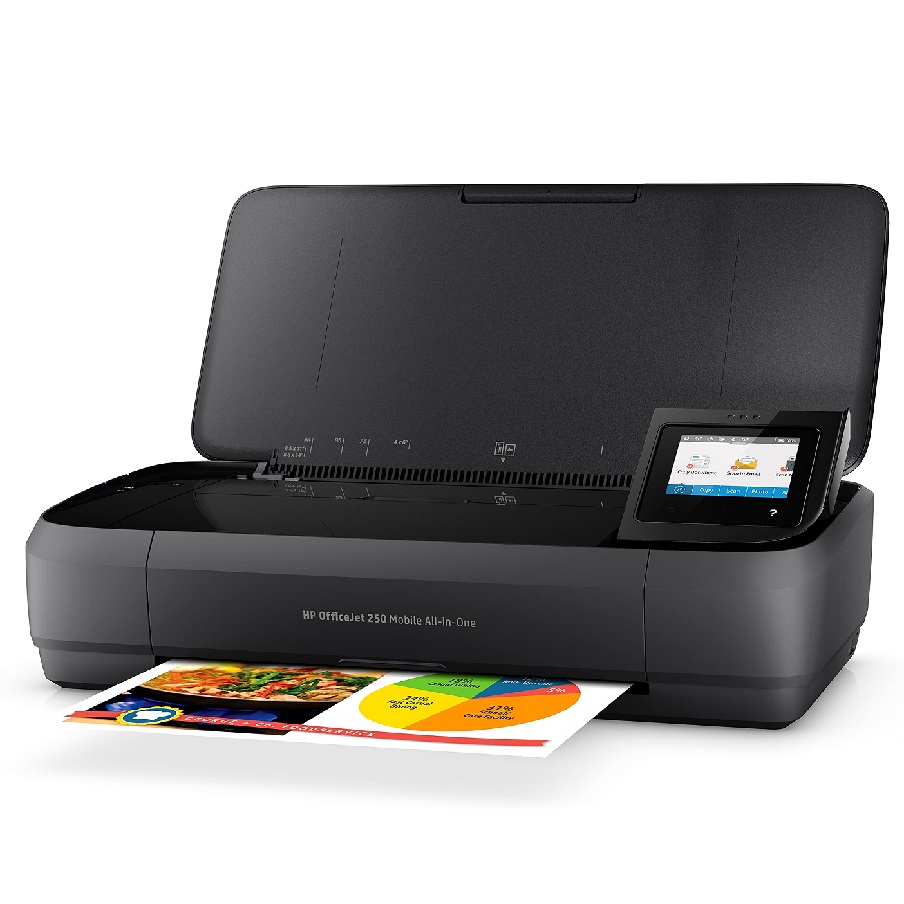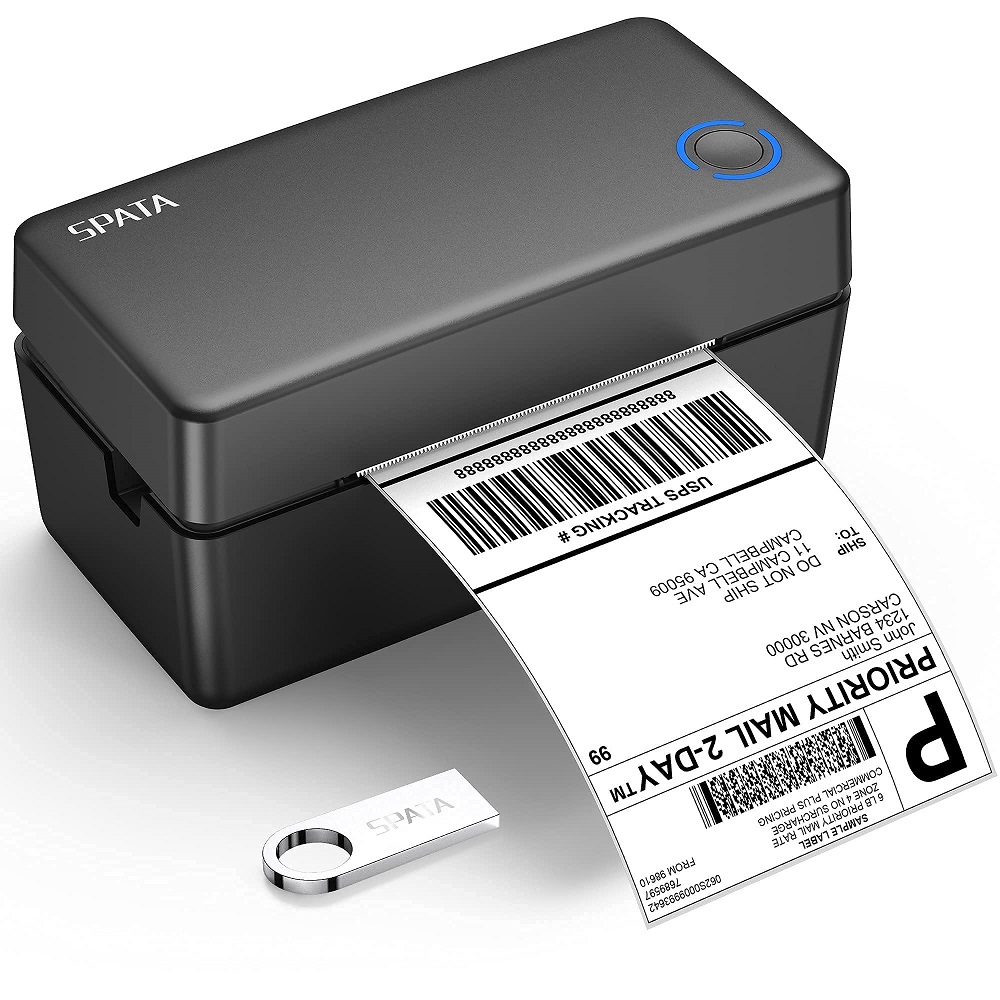What is WiFi Direct and How Does it Work?
WiFi Direct is a wireless technology that allows devices to connect directly. It gets rid of the need for a traditional wireless network or a hotspot. You can think of it like Bluetooth, but faster and for a wider range of devices, including a wifi direct printer.
Devices with WiFi Direct have software to communicate without an intermediary. When you enable WiFi Direct, the device creates a software access point. Other devices can detect this point and connect to it after authentication.
The process works in a few simple steps:
- Discovery: Devices with WiFi Direct search for each other.
- Pairing: When they find each other, one device sends a connection request.
- Connection: After the receiving device accepts, they connect. The connection doesn’t need Internet access.
- Communication: The devices can now share files, data, or use the printer.
This technology is perfect for printing directly from your smartphone or tablet. Just connect your device to the wifi direct printer. No need for cables or joining a pre-existing network. Simple, quick, and efficient.
The Benefits of Using WiFi Direct for Printing
WiFi Direct printing offers several advantages for both personal and professional use. Here are some key benefits:
- Ease of Connection: Setting up a wifi direct printer is straightforward. Link devices without complex network configurations.
- Speed: Enjoy fast data transfers. WiFi Direct boasts higher speeds than Bluetooth.
- Convenience: Print from mobile devices without using cables or needing network access.
- Mobility: Carry a wifi direct printer anywhere. Print without searching for a network.
- Cost-Effectiveness: Save money on network hardware. WiFi Direct devices connect directly.
- Immediate Printing: Share documents quickly. Perfect for urgent or on-the-spot printing needs.
- No Internet Dependency: Network outages won’t affect your ability to print.
WiFi Direct simplifies the printing process, making it an appealing choice for anyone in need of efficient and reliable printing solutions.
Setting Up a WiFi Direct Printer: A Step-by-Step Guide
Setting up a wifi direct printer is easy and efficient. By following this simple step-by-step guide, you’ll be printing wirelessly in no time.
- Check Printer Compatibility: Ensure your printer supports WiFi Direct. Look for this feature in the printer’s manual or online specifications.
- Activate WiFi Direct on Printer: On your wifi direct printer, navigate to the WiFi settings. Look for the WiFi Direct option and enable it.
- Connect Your Device: On your smartphone or tablet, open the WiFi settings. Locate and select the printer’s WiFi Direct network.
- Enter Password if Required: Some printers might need a password. This information usually appears on the printer’s display or in the manual.
- Install Printer Software: If necessary, download the relevant printing app or driver for your device. Install it following the on-screen instructions.
- Print a Test Page: Test the connection by printing a test page from your device. Ensure everything is working smoothly.
Remember, the exact steps might vary depending on your printer model and device. Always refer to the printer’s user manual for specific instructions. By using a wifi direct printer, you enjoy quick and convenient printing without a network.
Compatibility: Devices and Printers That Support WiFi Direct
Not every device or printer comes with WiFi Direct capability. For seamless integration, you need to ensure your gadgets are compatible. Here’s how to assess the compatibility of devices and printers with WiFi Direct:
- Check for WiFi Direct Certification: Look for a certification from the WiFi Alliance. Certified devices will work well with other WiFi Direct products.
- Refer to Device Specifications: Scan the specs of your devices and printers. Manufacturers specify if WiFi Direct is supported.
- Update Your Software: Some devices can support WiFi Direct after a firmware update. Check with the manufacturer for updates.
- Test with Multiple Devices: Check connectivity between various devices. This helps to ensure wide compatibility.
- Printer Brands That Support WiFi Direct: Many leading printer brands offer models with WiFi Direct. Brands like HP, Canon, Epson, and Brother have options available.
Remember, for the best experience, the wifi direct printer and connecting devices should support the same version of WiFi Direct. This ensures fast connections and optimal performance. Prioritize checking compatibility before buying new devices or printers for WiFi Direct printing.
Troubleshooting Common Issues with WiFi Direct Printers
Despite the convenience of WiFi Direct printing, users may sometimes encounter issues. The good news is that most of these problems are common and have straightforward fixes. Here are solutions to typical challenges you might face with a wifi direct printer.
- Printer Not Found: If your device can’t find the wifi direct printer, ensure both devices have WiFi Direct enabled. Also, check if the printer is within the device’s wireless range.
- Connection Failure: A failed connection could be due to incorrect passwords or signal interference. Double-check the password and minimize interference by moving closer to the printer.
- Slow Printing Speed: Slow prints might happen if there’s a large distance between devices or many tasks in the printer queue. Move closer and clear the printer’s queue to improve speed.
- No Response from Printer: Make sure the printer is turned on and not in sleep mode. Restart the printer if necessary, and try reconnecting your device.
- Unable to Print from Mobile: Mobile devices may require specific printing apps or drivers. Install the needed software and ensure it’s up to date.
- Frequent Disconnections: If your device often disconnects, check for environmental factors causing the drop. Other wireless signals nearby may interfere with the connection.
By addressing these common issues, you can ensure a smoother experience with your wifi direct printer. For persistent problems, consider consulting the printer’s user manual or seeking professional support.
Advanced Features and Security of WiFi Direct Printing
WiFi Direct printing doesn’t just simplify the process; it also offers advanced features and security enhancements that make it a preferable choice for both businesses and personal use. Let’s delve into some of the technicalities that give WiFi Direct an edge over traditional printing methods.
- Enhanced Security Protocols: WiFi Direct uses Wi-Fi Protected Setup (WPS) to maintain the security of your connection. It ensures safe data transfer between devices.
- Peer-to-Peer Connection: Since the connection is direct and doesn’t rely on an external network, there’s less risk of data interception by unauthorized parties.
- Device Management: You can manage which devices can connect to your wifi direct printer. This control prevents unwanted access to your printer.
- Authentication and Encryption: WiFi Direct incorporates WPA2 encryption, which offers robust protection against potential breaches.
- Easy Sharing Among a Group: Set up a group owner on your network who can manage connections and permissions, streamlining the process for group projects.
- Support for Multiple Connections: Unlike Bluetooth, WiFi Direct can support simultaneous connections with several devices, making it ideal for collaborative settings.
- Power Saving Features: WiFi Direct is designed to conserve energy, with power-saving measures that extend the life of mobile devices when printing large documents.
In terms of security, WiFi Direct has clear advantages. Secure authentication and strong encryption protocols make it difficult for cyber intruders to compromise your data. For advanced features, the ability to manage device connections and the support for multiple users at once are particularly beneficial for offices and collaborative environments where multiple print jobs might be sent simultaneously. Thus, a wifi direct printer is not only convenient but also a secure and sophisticated solution for modern printing needs.
Comparison: WiFi Direct vs Traditional Wireless Printing
When comparing WiFi Direct to traditional wireless printing, several key differences stand out. WiFi Direct offers unique benefits that set it apart, making it a compelling option for many users. Here’s a straightforward comparison between these two technologies:
- Direct Connection: With WiFi Direct, printers connect directly to devices without a network intermediary. Traditional wireless printing often relies on a home or office network.
- Setup Simplicity: Setting up a WiFi Direct printer is less complex. Traditional setups may need more steps, involving routers and network configurations.
- Speed Efficiency: WiFi Direct generally provides faster speeds, which leads to quicker prints. Traditional wireless connections may encounter more delays.
- No Network Necessity: A wifi direct printer doesn’t require an internet connection or network access for printing, unlike traditional methods.
- Ease of Mobility: WiFi Direct supports printing on the go. Traditional wireless printers are less convenient for mobile use due to network dependency.
- Instant Connectivity: Devices can instantly link up for an immediate print job with WiFi Direct. Traditional methods may involve logging into a network and finding the printer.
In summary, a wifi direct printer is ideal for those needing quick, simple, and mobile printing solutions. Traditional wireless printing still works well within networked environments and is a dependable option, especially when print jobs come from multiple networked computers. Both have their place in the modern world, but WiFi Direct is paving the way for the future of hassle-free, on-demand printing.
The Future of Printing: Trends and Developments in Wireless Technology
The landscape of printing technology is constantly evolving. Emerging trends are shaping a future where wireless technology takes the forefront. Here are some key developments:
- Increased Mobility: Portable printers are becoming more compact and efficient. Expect to see a rise in mobile-friendly options.
- Improved Connectivity: Advances in WiFi Direct will likely enhance connection stability and range.
- Eco-friendly Solutions: Wireless printers are moving toward sustainable practices, with eco-friendly designs and power-saving modes.
- Cloud Printing: Integration with cloud services for printing from anywhere is becoming standard.
- Smart Home Integration: Printers are adapting to be part of smart home ecosystems, responding to voice commands and automated workflows.
- Enhanced Security: As threats evolve, so do security measures in wireless printing. Look for more advanced encryption and user authentication.
- Innovative Interfaces: User interfaces on printers will improve for easier navigation and control from connected devices.
These advancements ensure that a wifi direct printer remains not only a current solution but a growing trend that will further simplify our printing experience in the years ahead.




Leave a Reply